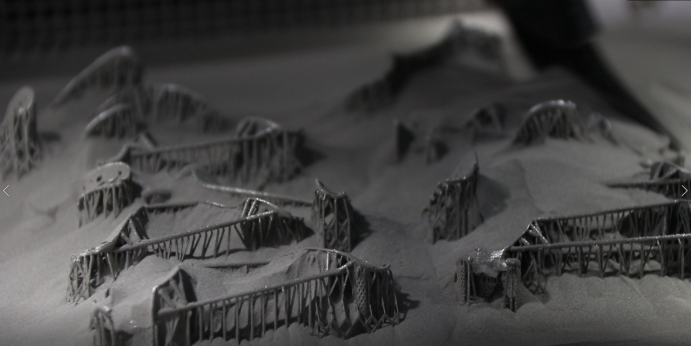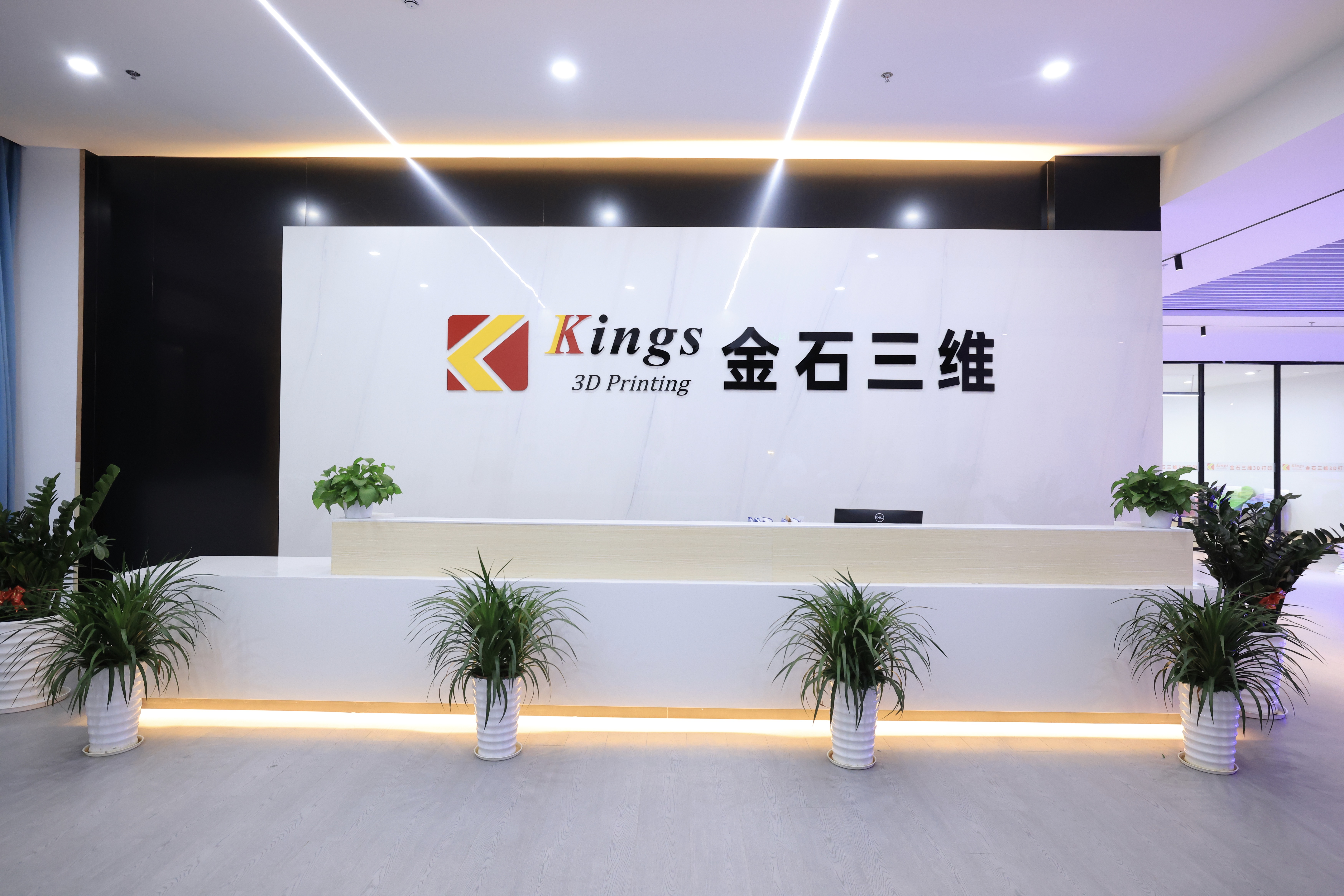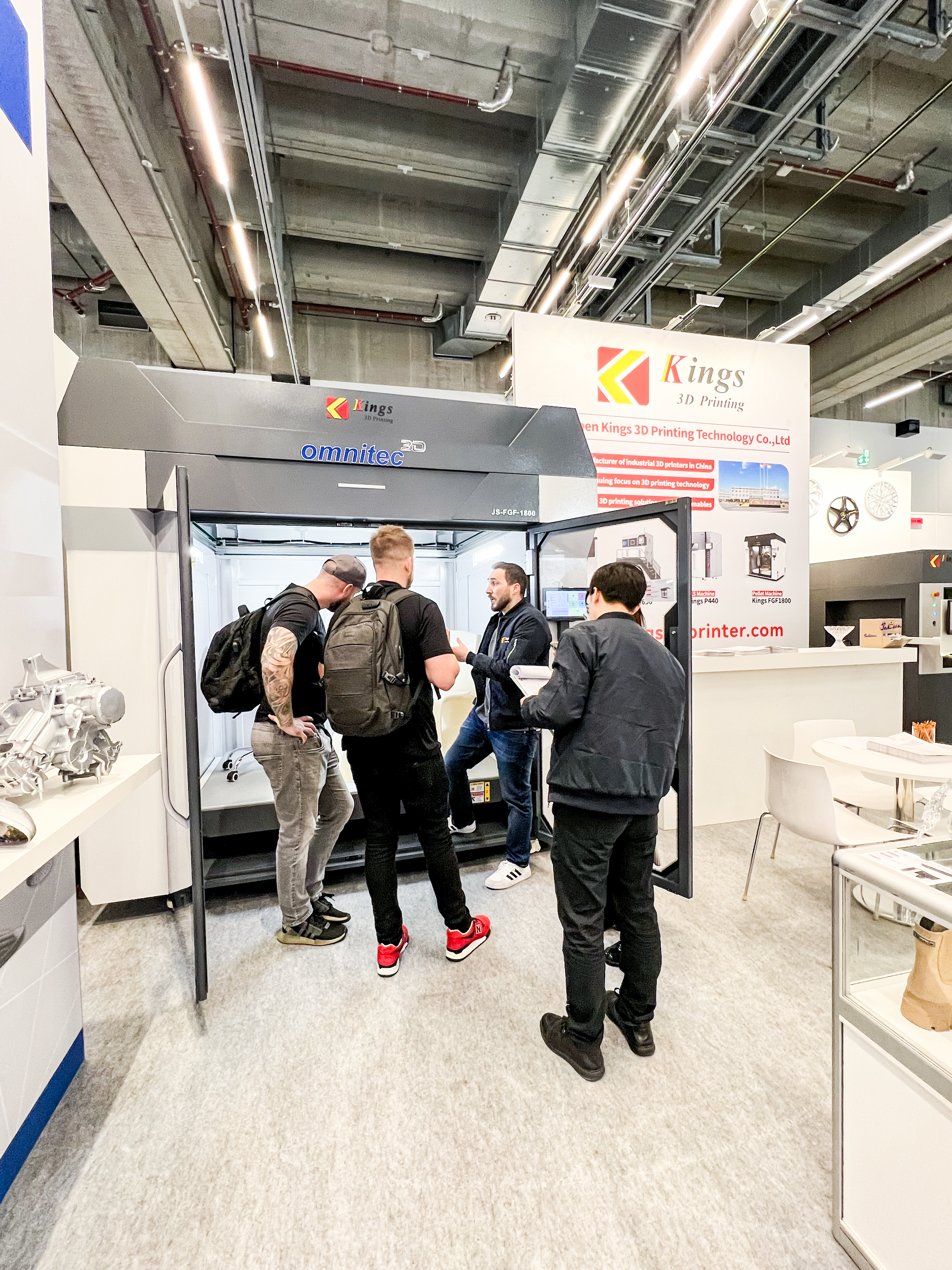3D printing has revolutionized the dental industry, particularly in the creation of dental implants. These 3D-printed dental implants, which include crowns, bridges, and dentures, are predominantly made from biocompatible materials such as titanium. These implants are crafted using advanced additive manufacturing techniques like Direct Metal Laser Sintering (DMLS), which enable the production of complex, customized designs with superior precision and accuracy compared to traditional methods.

3D-printed dental implants are used to replace missing teeth and support dental prostheses. They provide greater stability than traditional methods, creating better-fitting joints that are more secure and comfortable. The precision of 3D printing allows for more accurate placement of implants and produces highly aesthetic results due to their customizable nature. Additionally, 3D-printed implants offer increased strength and durability by incorporating internal reinforcing structures that are difficult to achieve with conventional techniques.
The materials used in 3D printing for dental implants include stainless steel, titanium, titanium alloys, and cobalt chromium, with titanium being the most preferred due to its biocompatibility, strength, and affordability. Titanium’s compatibility with CAD/CAM systems makes it an excellent choice for producing dental implants that require precise and intricate designs. Furthermore, titanium and its alloys, are known for their superior strength-to-weight ratio, corrosion resistance, and biocompatibility, making them ideal for load-bearing applications like dental bridges and abutments.
Biocompatibility is a crucial factor in the success of dental implants. Materials used must not cause adverse reactions in the body, and they must be able to withstand the conditions within the oral environment. Titanium and its alloys meet these requirements, providing safe and effective solutions for dental restorations.
The manufacturing process of 3D-printed dental implants involves creating a digital model from a scan of the patient’s mouth, which is then used to print the implant layer by layer. This process allows for minimal waste and maximum customization, ensuring a perfect fit for the patient’s anatomy. The use of 3D printing also reduces production time and costs, as it eliminates multiple steps involved in traditional manufacturing methods and provides greater design freedom.
Technological advancements like SLA, SLM, and DLP are commonly used in manufacturing dental appliances and have further enhanced the accuracy and speed of producing dental implants. These technologies allow for the creation of complex components used in orthodontic devices and customized prosthetics, which are tailored to the individual needs of patients.
3D-printed implants offer numerous advantages over traditional implants. They are more durable, less likely to fail, and easier to customize and replace. The production process is faster and more cost-effective, allowing for large-scale production without the need for additional tools or equipment. Moreover, 3D-printed implants are less invasive, reducing patient discomfort and recovery time.
In summary, 3D-printed dental implants represent a significant advancement in dental technology, providing highly precise, durable, and biocompatible solutions for tooth replacement. This technology offers dental professionals the ability to deliver superior patient outcomes with greater efficiency and customization, positioning 3D printing as a transformative force in modern dentistry.







